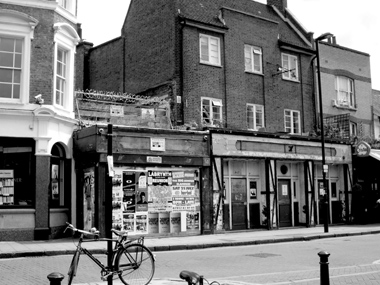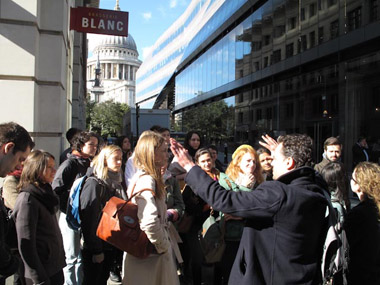 René Boer, 2012
René Boer, 2012
Since the beginning of the Egyptian Revolution Cairo’s urban development is taking new directions and the city’s cultural production is characterised by a new sense of vibrancy. In particular independent cinema flourishes and offers critical reflection on Cairo’s changing urban conditions. This research aims to analyse these re-imaginations of Cairo in post-Mubarak cinema through an analytical framework, based on the ‘city-cinema nexus’, a field of study engaging with the reciprocal impact between the city and cinema. Building on this body of literature, it is argued that the city-in-film is not only optically apprehended, but, like the built environment, haptically as well. Various ‘haptical qualities’ of film reinforce the possibility to ‘haptically explore’ the captured spaces of the city-in-film and result for every spectator in a different re-imagination of the city in question, complementing the ‘fixed’ audiovisual re-imagination by the filmmaker. This analytical framework examines both the audiovisual re-imagination and the ‘haptical qualities’ of the films enabling potential re-imaginations by the spectators. The analysis is conducted through the application of the newly conceived method of ‘city-in-film analysis’, interviews with filmmakers and the real-life exploration of the captured urban spaces. The analytical framework is applied to five carefully selected films from the wider number of films of post-Mubarak cinema,
i.e.
On the Road to Downtown,
Excursions in the Dark,
In Search of a City (In the Papers of Sein),
Bulaq –among the Ruins of an Unfinished Revolution and
Voices of the Revolution, and subsequently provides answers on its two dimensions. Audiovisually, the depictions of Cairo differ considerably, although the same urban areas are investigated, similar cinematic techniques applied to capture images of the urban and a similar underlying message is conveyed: a changing configuration in the dialectics between historical forces of oppression and a transforming resistance in response. All the films apply various techniques stimulating the ‘haptical exploration’ of the captured urban spaces, resulting in different potential re-imaginations. However, one main thread runs through all the five films, as every film enables the spectator to engage with and subsequently interconnect different temporalities. The films enable the active excavation of the layers of the past, the examination of the mental map of the present urban condition or the haptical discovery of the source material of a future city. These findings offer critical new ways of understanding Cairo’s transitional phase and show the importance of broadening the city-cinema nexus to cities in the Global South and to a wider range of cinematic productions.
 René Boer, 2012
René Boer, 2012

